It was supposed to be a fun boating outing for the Free family of Broken Arrow, Oklahoma, but by the end of a day on the water, tragedy had struck.
"It was our first trip to Lake Eufaula," Cassandra Free told TODAY Health, referring to Oklahoma's largest lake in the eastern part of the state. It was June 6 when she and her family went out boating on the lake with a family friend. Each of the adults had 20-plus years of boating experience.
After a day at the rear of a boat, Free's youngest child, Andrew Brady, 9, fell unconscious into the lake and never woke up again. It was later revealed that the boy, who loved the outdoors and his friends and family, had died of carbon monoxide poisoning, something Free said she had no idea could happen on a boat.
Watch TODAY All Day! Get the best news, information and inspiration from TODAY, all day long.
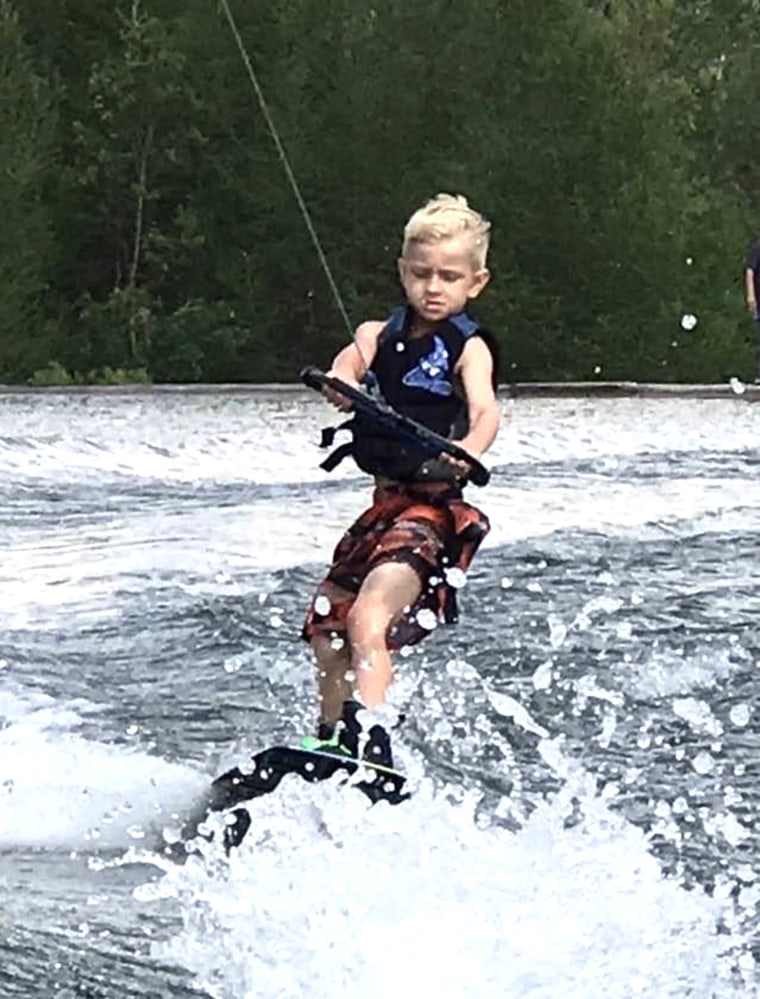
"One of the things we hadn’t considered was the long no-wake zone," Free explained, referring to the area of the lake where boats must maintain slower speeds.
"We had no idea it was so dangerous. Prior to that we had been out doing our normal stuff, tubing, wakesurfing." Wakesurfing is a water sport where a rider trails behind the boat, riding the boat's wake.
Free detailed what happened and what she has learned since June in a long Facebook post at the end of August that has since gone viral.
According to the Centers for Disease Control and Prevention, gasoline-powered boats can emit carbon monoxide (CO), an odorless, colorless gas that can poison or kill a person if they breathe in too much of it. Many boats' generators vent toward the rear of the boat, which can pose a risk to someone seated in the back, which is where Andrew was most of the day. Traveling at slower speeds, like the Free family did for some of the day, can also increase the buildup of carbon monoxide.
"Looking back, hindsight is 20/20," said Free tearfully. "It was not unusual for our kids to be tired and cranky. You’re out in the sun all day," she said. Free along with her husband Brett are also parents to sons Johnathan, 15, and Blake, 13.
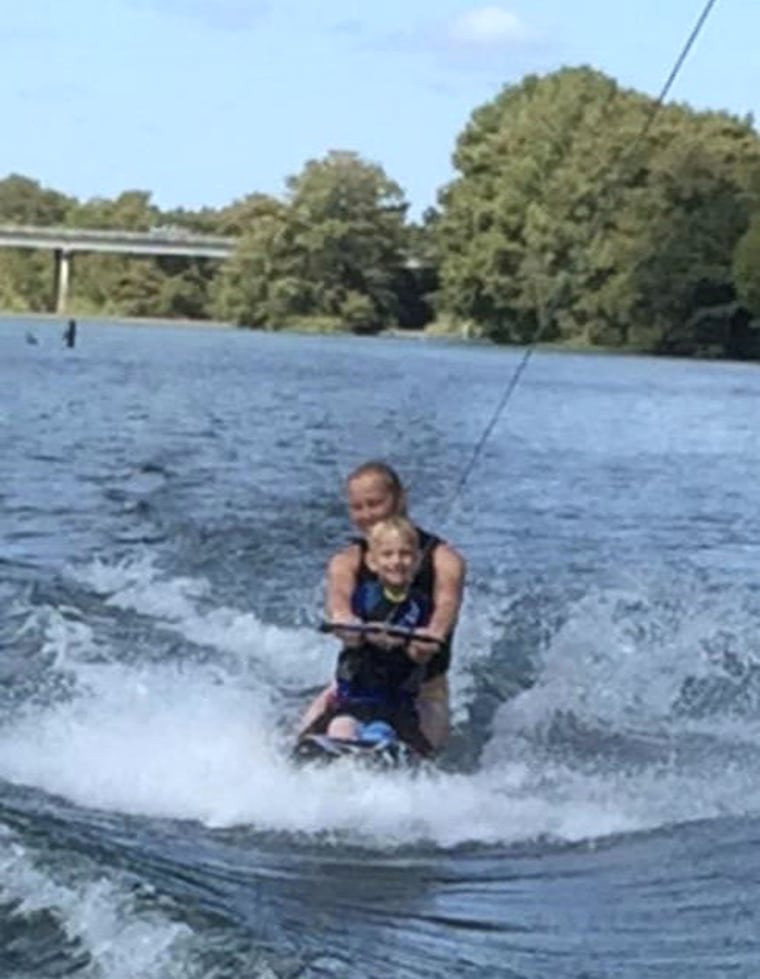
The parents had initially attributed the boys' demeanor to their busy day, unaware that headaches, dizziness, weakness, nausea, vomiting, chest pain and confusion can all be signs of carbon monoxide poisoning, and easily confused with getting too much sun.
"Andy, he crawled onto the back of the boat and curled up in a ball," she said, recalling the end of the day when they were docking the boat.
"We were packing and cleaning up and the kids are groaning that they don’t feel good, just want to take a nap," she recalled. "My husband got Blake, my middle son, up. When he tried to get Andy, the boat just rocked and Andy rolled off. My husband, he was like, 'What the heck?'"
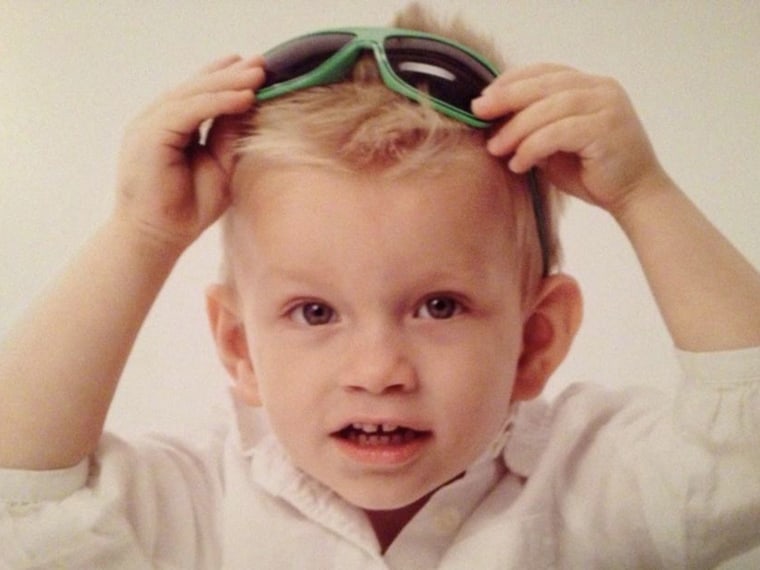
Brett and two other men jumped in to try and find Andy. When they finally found him, he was unresponsive.
"They were able to recover him but he never breathed another breath," said Free. "They did CPR forever, it seemed, before emergency services came. The doctors said there is zero brain activity. Even if they got a single breath, there would have been no quality of life."
Free said that initially she could not understand why Andy, who was a strong swimmer, did not struggle when he fell in the water. Then someone suggested getting her other sons, who were complaining of headaches, tested for carbon monoxide poisoning.
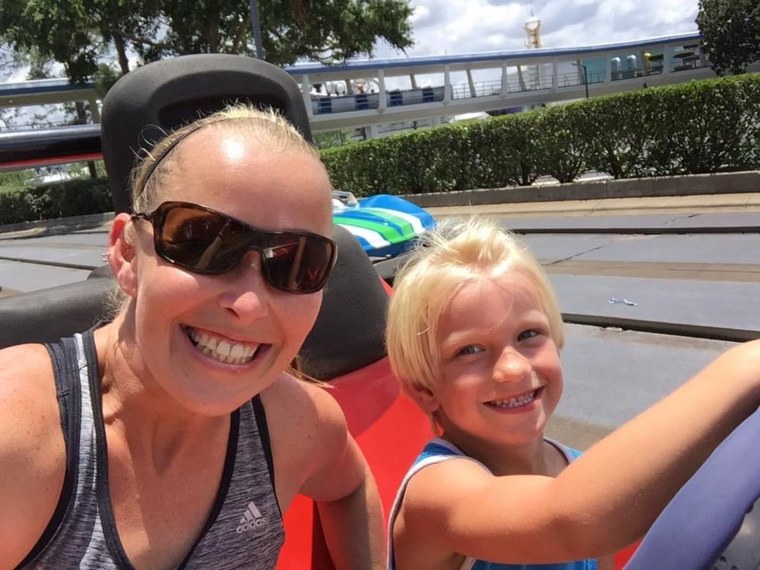
"It came back that they had acute carbon monoxide poisoning. The medical examiner was advised to go ahead and test Andy too. He did test positive for high levels."
She was told that by the time Andy fell into the water he was "already gone."
"His levels were 72 carboxyhemoglobin, which means 72 percent of his blood could not carry oxygen to his brain. That resulted in brain death," said Free.
According to the U.S. Coast Guard's Boating Safety Division, carbon monoxide poisonings are preventable.
"Early symptoms of CO poisoning include irritated eyes, headache, nausea, weakness and dizziness," says the Coast Guard's website. "They are often confused with seasickness or intoxication, so those affected may not receive the medical attention they need."
Some situations that can lead to carbon monoxide poisoning include blocked exhaust outlets, exhaust from another vessel docked nearby and back drafting or "station wagon effect," where exhaust re-enters a boat that is cruising under certain conditions.
"Any type of combustion engine has the risk for exposure to carbon monoxide, a colorless and odorless gas which displaces oxygen on the cells, basically suffocating the person," emergency physician Dr. Ryan Stanton told TODAY. "Mufflers are designed to shunt these gasses away from the passenger compartment. Any disruption in the system or leak can expose occupants to the gasses. Children are more susceptible to these gasses."
Stanton said the back of the boat is the highest risk area since in most boats, this is the location of the exhaust.
"Carbon monoxide emergencies can be avoided but detecting symptoms can be challenging. It's very important to know the symptoms, and wherever you can, have detectors. Boat, vehicle or home owners should take steps to ensure clean air circulation."
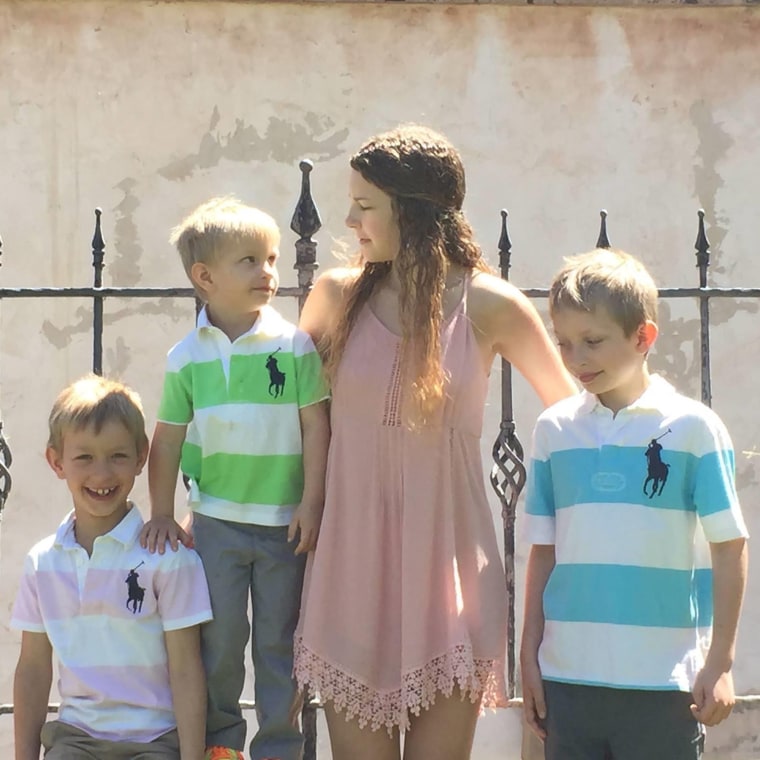
Free said that since Andy's passing, life has been a nightmare.
"People need to understand, we are experienced boaters. My husband has almost 40 years and I have been boating for almost 25 years. We had a friend with us, she had been boating another 30 or so years."
And although they were competent, they were all unaware of the danger of carbon monoxide poisoning on a boat. "None of us had ever heard of it. None of us had considered it," she said. "We were stunned."

She hopes that in telling Andy's story, it will prevent other parents from suffering the same way they have.
"Andy was supposed to grow up and save the world," she said. "He still can. He can never grow up, but he can still save the world. His name will be forever tied to the lives he saved. That has become my mission. To make sure that no mom stands in my shoes."
To prevent carbon monoxide poisoning on boats, the CDC recommends properly installing and maintaining all fuel burning engines, educating passengers about the signs of carbon monoxide poisoning and swimming or playing away from areas where a boat vents its exhaust. The Coast Guard also has specific checklists for yearly and monthly checks, as well as one to consult each time you take to the water.